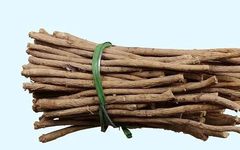
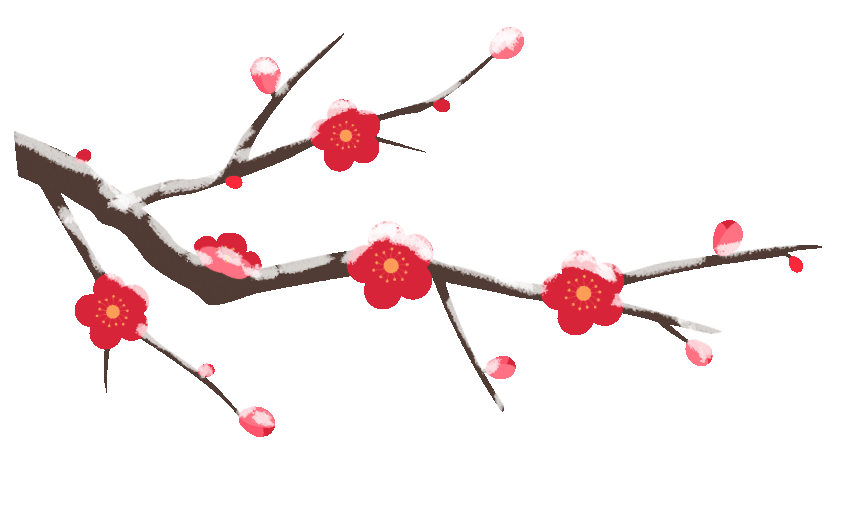
Source
The dried root of the leguminous plants Mongolian Astragalus (Huang Qi) or Membranous Astragalus.


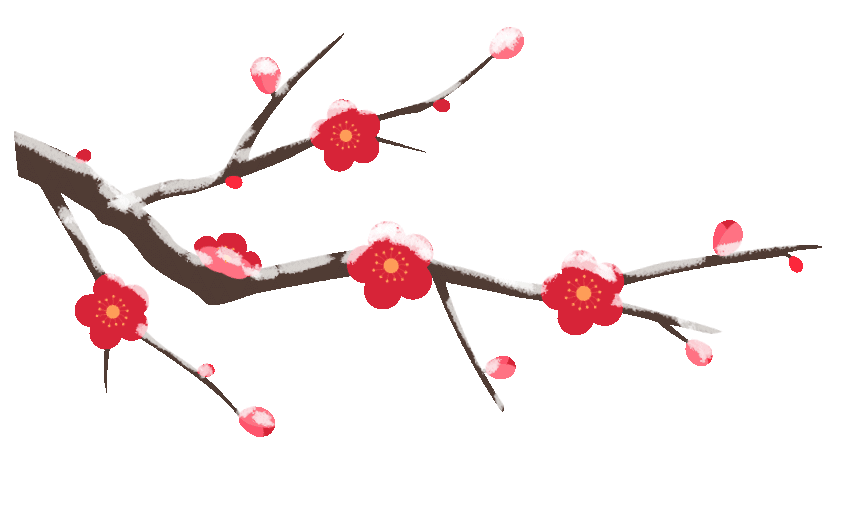
Plant Description
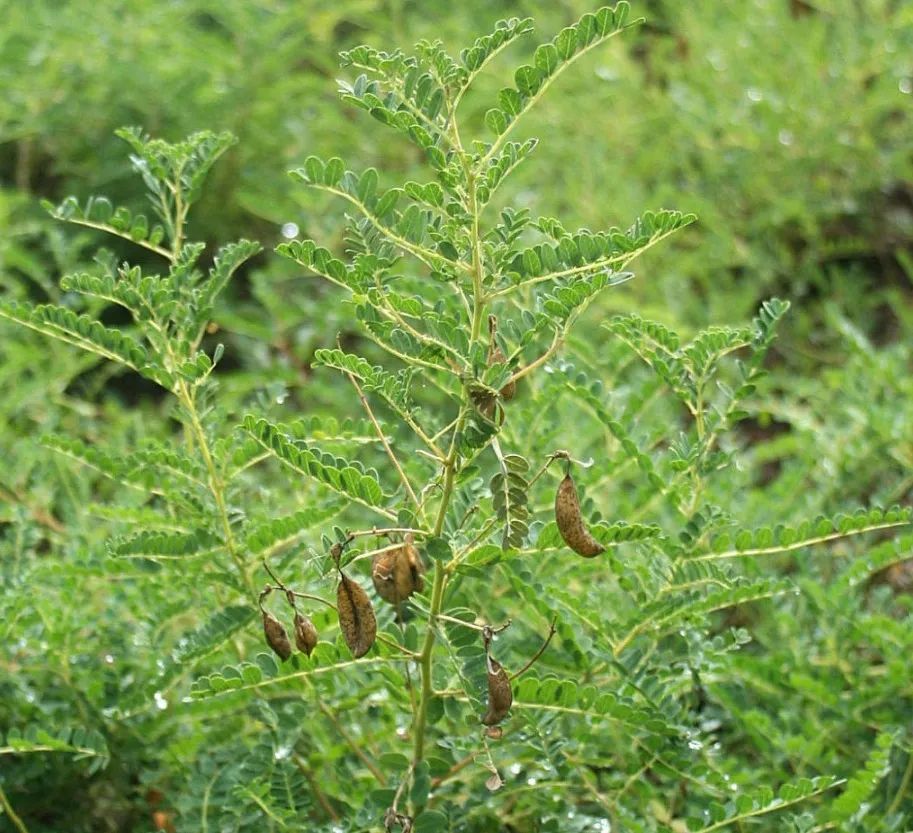
Mongolian Astragalus is a perennial herb with a long and robust main root, and the stem is erect, reaching heights of 40-80 cm. The leaves are odd-pinnate with 12-18 pairs of leaflets; the leaflets are small, oval to elongated, measuring 5-10 mm in length and 3-5 mm in width, with rounded ends, glabrous above and covered with soft hairs below; the stipules are lanceolate. The racemose inflorescence is axillary, often longer than the leaves, with 5-20 flowers; the calyx is bell-shaped, densely covered with short soft hairs, with 5 lobes; the corolla is yellow to light yellow, measuring 18-20 mm in length, with the standard petal being oblong-ovate, and both the wing and keel petals having long claws; there are 10 stamens (9+1); the ovary is smooth and glabrous. The pod is membranous, inflated, and semi-ovate, with a diameter of 11-15 mm, having a short beak at the tip and a long pedicel at the base, both glabrous. The flowering period is from June to July, and the fruiting period is from August to September.
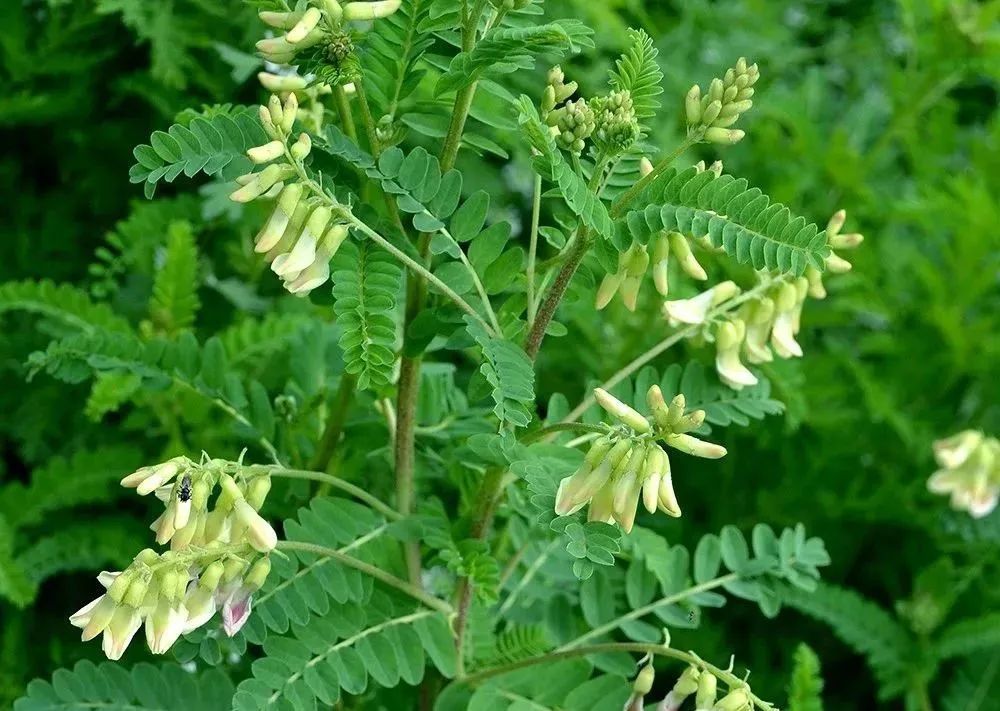
The Membranous Astragalus is also a perennial herb, growing to a height of 50-80 cm. The main root is deep, straight, and robust, or has a few branches. The odd-pinnate leaves have 6-13 pairs of leaflets; the leaflets are oval to elongated or oval-shaped to elongated oval, measuring 7-30 mm in length and 3-12 mm in width, with blunt, rounded, or slightly notched tips, sometimes with small spines, and rounded bases, glabrous above and covered with white soft hairs below; the stipules are ovate to lanceolate. The racemose inflorescence is axillary, usually with 10-20 flowers; the calyx is bell-shaped, covered with black or white short hairs; the calyx lobes are 5, measuring 1/5 to 1/4 the length of the calyx tube. The corolla is yellow to light yellow, sometimes slightly purplish-red, measuring about 16 mm in length, with the standard petal being oblong-ovate, and both the wing and keel petals having long claws and short auricles; the ovary has a pedicel and is covered with soft hairs. The pod is membranous, inflated, and semi-ovate, measuring 20-30 mm in length and 9-12 mm in width, covered with black or black-and-white short hairs. The flowering period is from June to August, and the fruiting period is from July to September.

Ecological Distribution
Grows at altitudes of 600-1000 m along field ridges, roadsides, and barren hills. In Shexian County, it is mainly distributed in Liaocheng Town and Piancheng Town.
Membranous Astragalus is cultivated in Suobao Town and Jingtian Town.

Chemical Components
Contains Astragalosides (I, II, III, IV, V, VI, VII, VIII), Acetyl-Astragaloside I, Iso-Astragalosides I and II, Soyasaponin I, Membranous Astragalus Saponins I and II, Kaempferol, Quercetin, Isoquercitrin, Astragalus Polysaccharides I, II, III, Folic Acid, β-Sitosterol, Linoleic Acid, Ferulic Acid, and Linolenic Acid, Chlorogenic Acid, Carotenoids, and various amino acids.

Pharmacological Effects
1. Exhibits anti-platelet aggregation, anti-apoptotic effects on liver cells, protects against myocardial reperfusion injury, protects vascular endothelial cells, regulates small intestinal epithelial cell proliferation, modulates immunity, regulates hematopoiesis in the bone marrow, protects against cerebral ischemia, lowers blood sugar, exhibits anti-tumor effects, scavenges free radicals, protects against experimental nephritis, hepatoprotective effects, anti-ulcer effects, regulates central nervous system functions, and has anti-osteoporosis effects. 2. The LD50 of the toxic decoction administered intraperitoneally to mice is 40±5 g/kg.

Properties, Meridian Affinities, and Effects
Sweet, slightly warm. Enters the Lung and Spleen meridians. It has the effects of tonifying Qi and raising Yang, consolidating the exterior and stopping sweating, promoting urination and reducing edema, generating fluids and nourishing blood, relieving stagnation and alleviating pain, expelling toxins and promoting suppuration, and promoting wound healing. It is used for Qi deficiency and fatigue, poor appetite and loose stools, prolapse of the middle Qi, chronic diarrhea and rectal prolapse, blood in stools and menorrhagia, spontaneous sweating due to exterior deficiency, Qi deficiency with edema, internal heat with thirst, blood deficiency with sallow complexion, hemiplegia, numbness and pain, difficult-to-heal carbuncles, and chronic non-healing ulcers.

Dosage and Administration
For internal use: decoction, 9-30 g.
Source:
Internet
Contact numbers for various departments of the Luquan District Traditional Chinese Medicine Hospital
Office phone: 82012230
Emergency phone: 82011999
Internal Medicine (Neurology) outpatient: 82015016
Internal Medicine (Neurology) medical office: 82015036
Internal Medicine (Neurology) nurse station: 82015106
Internal Medicine (Cardiology) medical office: 82109567
Internal Medicine (Cardiology) nurse station: 82109001
Internal Medicine (Cardiology) nurse station: 82015006
Surgery (Orthopedics) outpatient: 82015056
Surgery (Proctology) outpatient: 82015035
Surgery medical office: 82015056
Surgery nurse station: 82016786
Obstetrics and Gynecology phone: 82015052
Dental phone: 82015655
Dermatology phone: 82015090
Ophthalmology phone: 82015086
Acupuncture and Rehabilitation phone: 820150811
Rehabilitation phone: 82015091
Physical Examination phone: 82015009
Chronic Disease Certification phone: 82012021
Fever Clinic phone: 820151255
Magnetic Resonance phone: 82015155
ENT phone: 82015130
Billing phone: 82015025
Western Pharmacy phone: 82019120
Chinese Pharmacy phone: 82015033
Decoction Room phone: 82015151



